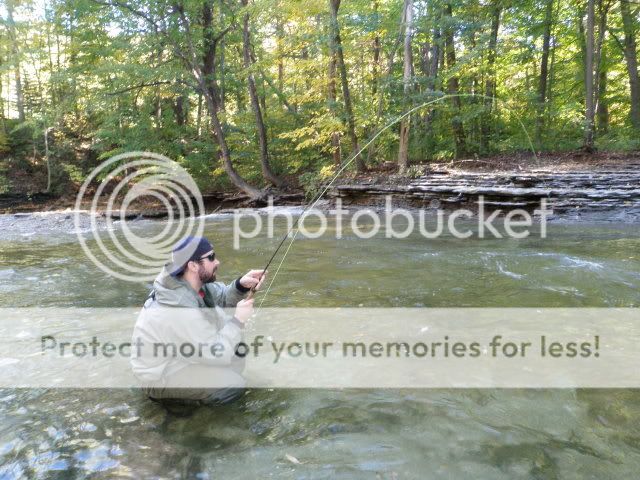ObFocus: Most modern cameras will have various focus points which it'll randomly select. This is a pain in the ***. Turn this feature off, and let it focus with only a center focal point. Life will be easier. Press halfway to focus, then hold the button in that position and swing the camera to take in your composition.
ObExposure: There's focal length, the numbers measured in millimeters, but this has nothing to do with how much light gets in. That's determined by how wide the aperature opens, measured by the "f-stop" nomenclature. The smaller this number, the better. This is academic, and you can forget it.
However, you do have to determine the best mix of light to get to the "film" to record your image. If every lumen counts, wider lets in more than longer lengths. More importantly is finding the mix at which your camera works nicely at low light, with flash, ISO and fanciness like digital shake reduction and digital zoom just skimming quality off the top.
Experimentation can help, but maximize your chances. Turn off digital zoom and shake reduction.
Think about how a light meter works, which is to take the zones you've told it to (often full frame: the entire picture, centerweighted: just the general middle, or spot: the absolute center point). If it determines it needs flash, it'll judge based on what the light meter comes back with and bump it up, as required. Think about the meter mode, and what it sees. Remember, you filled the frame with a dark trout, it'll pump out moar flash and wash it out, but you present it with a crappie hung out in a sunny scene with lots of light, there'll be no flash.
The "brightness adjustment" is exposure compensation, measured in EVs (Exposure Values). This isn't something you need to worry about, especially on the fly, but for knowledge's sake, what it does is force the camera to expose with incorrect metering.
A meter looks at a scene and says, "18% Kodak Grey." Always. You show it a white paper that takes up the whole scene, and you'll get an 18% grey paper. You show it black paper, and you'll get...18% grey! What if you know you don't want 18% grey, but you're taking pictures of something wholly white? You move up a few EVs and suddenly 18% grey is over exposed to...white.













